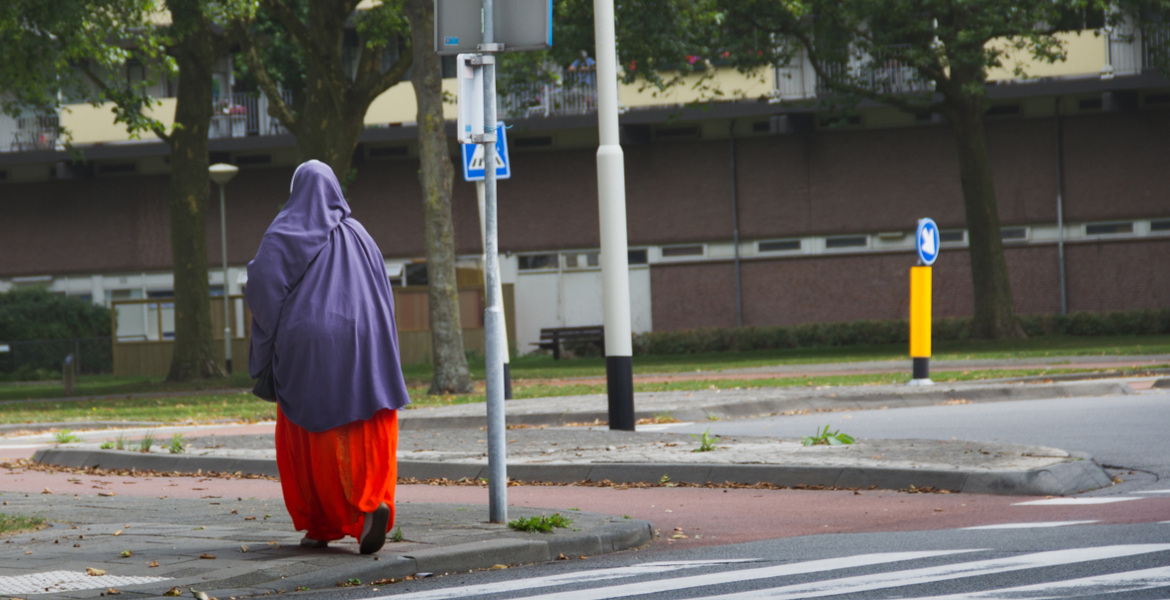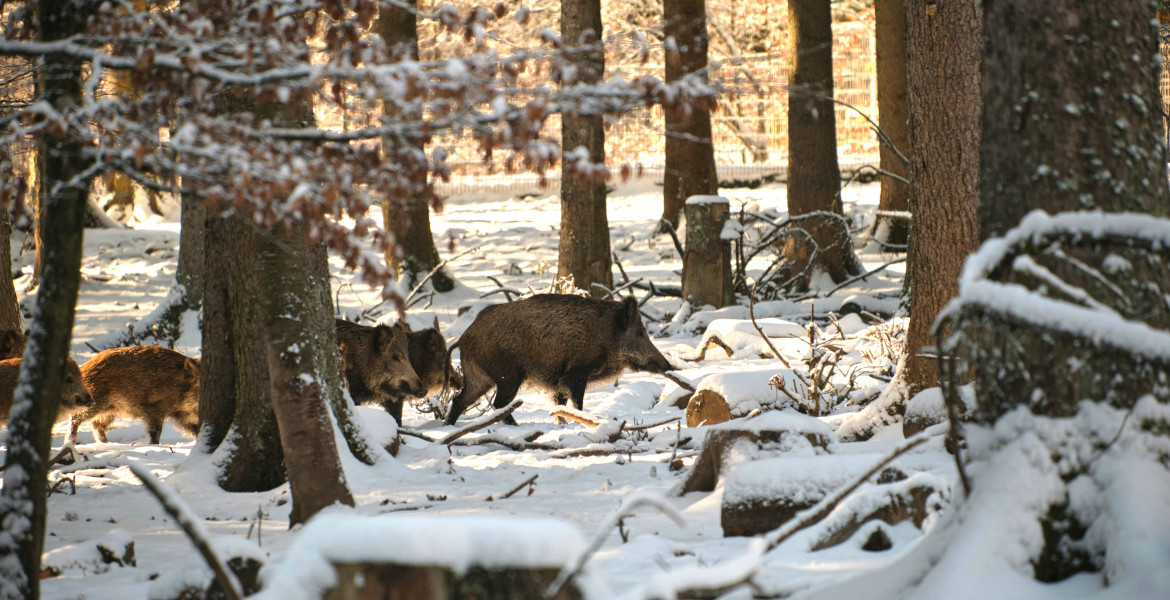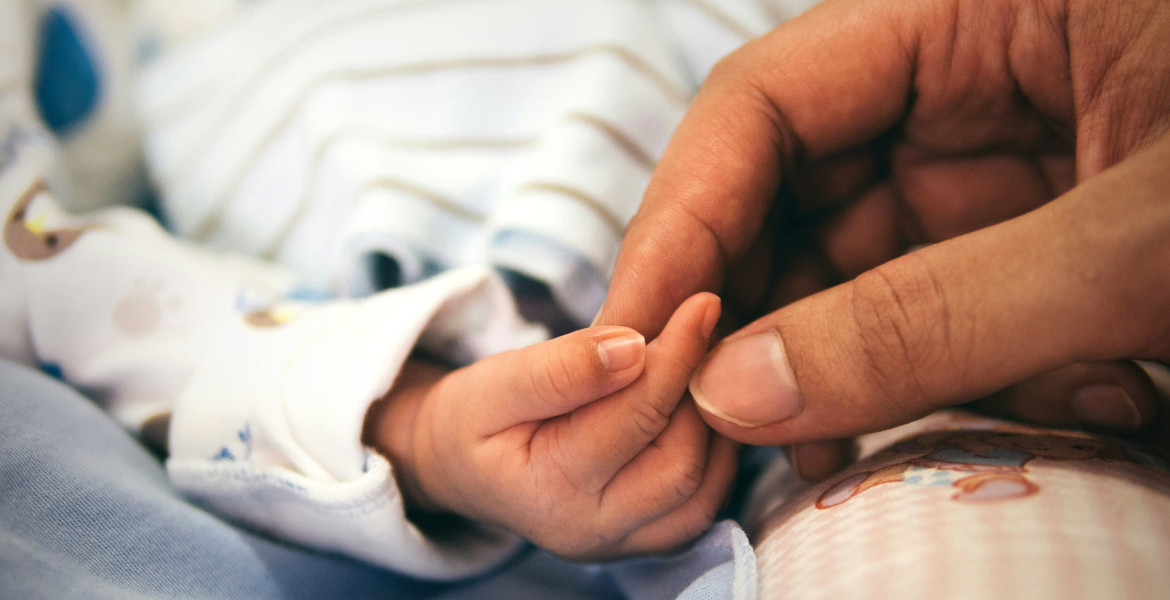The Norwegian parliament apologizes to the country's Sámi and other minority groups for their treatment in the 18th and 20th centuries.
– It is a historic day, says Sámi political commentator Mona Solbakk.
– We can begin by deeply apologizing to all those who were unfairly treated in connection with the Norwegianization policy and the actions of previous parliaments, says Svein Harberg of the Conservative Party.
According to a Norwegian report released in 2023, the Sámi were very negatively affected by the "Norwegianization policy", which was pursued between around 1850 and 1950, where the Sámi and other minorities were in many cases pressured or forced to give up their language and parts of their culture in order to assimilate into the majority culture and "become Norwegians".
A long list of Norwegian institutions have previously apologized for historical wrongs committed against the Sámi – including the Royal Family, former Prime Minister Kjell Magne Bondevik, and the Norwegian Teachers' Union – and now it was the turn of the Parliament.
– It is a historic day, also symbolically, with the Parliament erecting a lavvu outside. We have never seen a lavvu legally standing outside Parliament before, says Mona Solbakk, referring to the traditional Sámi tent that has been set up in front of the parliament building.
“History should remain history”
In addition to the Sámi, the parliament also apologized for the historical treatment of the Kven, Norwegian Finns and Forest Finns – but not everyone thinks it is reasonable to apologize for real or alleged abuses committed generations ago.
The Progress Party (FrP) chooses to go against the grain and will not apologize for what Norwegian rulers did 100-200 years ago.
– We believe that history should remain history, says Bård Hoksrud (FrP).




